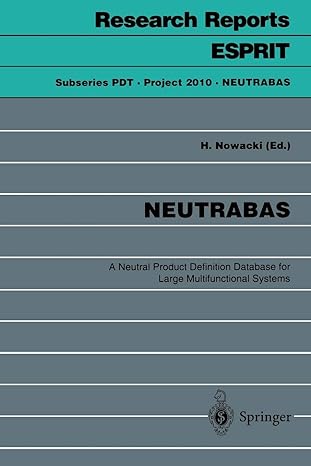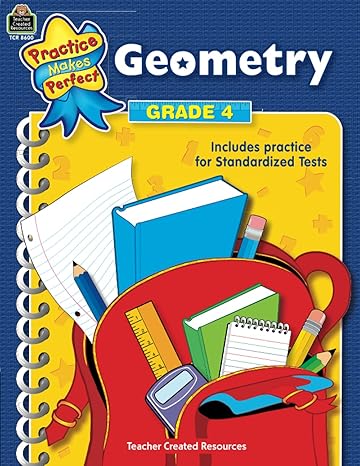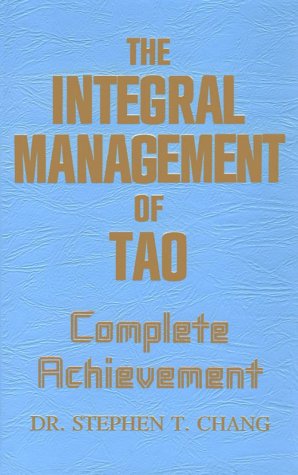Go back


NEUTRABAS A Neutral Product Definition Database For Large Multifunctional Systems 2010(1st Edition)
Authors:
Horst Nowacki

Cover Type:Hardcover
Condition:Used
In Stock
Shipment time
Expected shipping within 2 DaysPopular items with books
Access to 30 Million+ solutions
Free ✝
Ask 50 Questions from expert
AI-Powered Answers
✝ 7 days-trial
Total Price:
$0
List Price: $54.99
Savings: $54.99(100%)
Solution Manual Includes
Access to 30 Million+ solutions
Ask 50 Questions from expert
AI-Powered Answers
24/7 Tutor Help
Detailed solutions for NEUTRABAS A Neutral Product Definition Database For Large Multifunctional Systems 2010
Price:
$9.99
/month
Book details
ISBN: 3540593004, 978-3540593003
Book publisher: Springer
Get your hands on the best-selling book NEUTRABAS A Neutral Product Definition Database For Large Multifunctional Systems 2010 1st Edition for free. Feed your curiosity and let your imagination soar with the best stories coming out to you without hefty price tags. Browse SolutionInn to discover a treasure trove of fiction and non-fiction books where every page leads the reader to an undiscovered world. Start your literary adventure right away and also enjoy free shipping of these complimentary books to your door.
Book Summary: This volume documents the concepts, experiences, results, and conclusions of the ESPRIT project NEUTRABAS (Neutral Product Definition Database for Large Multifunctional Systems). It deals with the development of a database for large multifunctional systems, in particular for ships and their multitudinous, complex subsystems. NEUTRABAS was the first European project aiming at an international standard based on ISO standard 10303 (STEP) methodology to define a comprehensive information model for ships and similar products of complex functionality, which will serve for the exchange and long term storage of product information. NEUTRABAS contributed to the first generation of shipbuilding product models and gained first experiences in implementing databases exploiting the new technology of the STEP standard.
Customers also bought these books
Frequently Bought Together
Top Reviews for Books
Visa
( 4 )
"Delivery was considerably fast, and the book I received was in a good condition."










